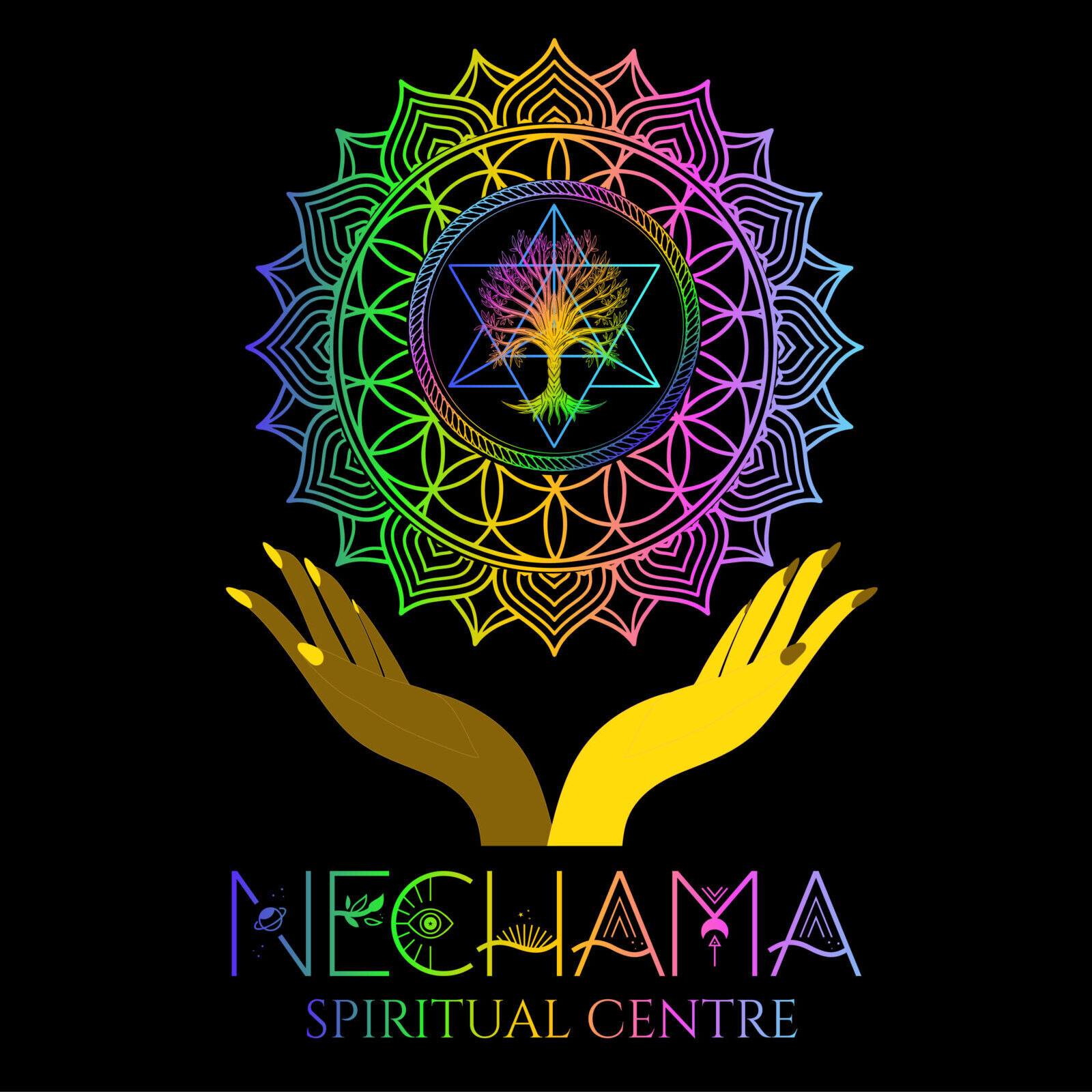Divine Love and Compassion: A Universal Thread Connecting All Beings
In a world that often feels divided, there exists a force that transcends barriers, uniting all of creation in an invisible yet undeniable embrace. This force—known by many names across cultures and traditions—is Divine Love, an unconditional, all-encompassing presence that sustains, nurtures, and calls us toward our highest selves. Across centuries and civilizations, mystics, sages, and sacred texts have pointed to this profound truth: Love is not merely an emotion but the very essence of existence itself. It is the heartbeat of the universe, the rhythm to which all things move.
The Sacred Teachings of Divine Love
Every major spiritual tradition speaks of a love that is beyond human experience—one that is boundless, eternal, and wholly inclusive. This love does not discriminate or diminish; it is the source from which all life flows.
In the Bhagavad Gita, Krishna reassures, “He who sees Me in everything and sees everything in Me will never be lost to Me, nor will I ever be lost to him.” This verse reminds us that love is not separate from life—it is life itself. The Bible echoes this sentiment: “God is love. Whoever lives in love lives in God, and God in them.” (1 John 4:16). Here, love is not just an attribute of the Divine but the very nature of Divinity. Similarly, the Qur’an proclaims, “And My Mercy encompasses all things.” (7:156). Mercy, an extension of love, is limitless—it does not depend on worthiness but flows freely to all.
These sacred words reveal a stunning truth: we are never outside of love’s embrace—only unaware of it.
Love as a Universal Language
Divine love is not just a concept found in scriptures; it is woven into the wisdom of cultures worldwide. Indigenous traditions have long taught that love and compassion are not confined to human relationships but extend to the Earth, animals, and the cosmos itself.
The Hopi people teach, “All things are bound together. All things connect. What we do to the web, we do to ourselves.” This profound statement reflects the deep interconnectedness of all life, suggesting that love is a force that ties us to one another in ways beyond what we can see. The African Ubuntu philosophy declares, “I am because we are,” emphasizing that our existence is interwoven with all others, and to love another is to love ourselves. Similarly, a Japanese proverb reminds us, “One kind word can warm three winter months,” showing how even the smallest acts of compassion have the power to transform the human spirit.
These teachings suggest that love is not something we “do” but something we are. Our very essence is an extension of the divine, and when we act in kindness, we align with our true nature.
Love as a Bridge to the Divine
Philosophers and mystics have long pointed to the idea that love is the bridge between the human and the divine. It is the force that dissolves the illusion of separation and reveals the interconnectedness of all things.
Rumi poetically states, “Your task is not to seek for love, but merely to seek and find all the barriers within yourself that you have built against it.” Love is not absent—it is merely waiting for us to remove the walls that keep us from seeing it. Thich Nhat Hanh reminds us, “Compassion is a verb,” reinforcing that love is not a passive state but an active force that moves through us when we open our hearts. St. Francis of Assisi declared, “It is in giving that we receive,” emphasizing that when we extend love outward, we experience the divine presence within ourselves.
This is the paradox of love: the more we give, the more we realize that we are already whole.
Practicing Divine Love in Daily Life
If love is the fabric of existence, then our purpose is clear—to awaken to it and embody it. But how do we move beyond seeing love as a fleeting emotion and begin to live it as a spiritual practice?
-
Cultivate Loving-Kindness (Metta): In Buddhism, metta is the practice of unconditional goodwill toward all beings. A simple daily meditation involves silently repeating: “May all beings be happy. May all beings be free from suffering.” Over time, this practice softens the heart, making compassion second nature.
-
See the Divine in Others: In the Bhagavad Gita, Krishna reminds us that when we recognize the Divine in another, we transcend judgment. Imagine looking at every person—not just loved ones, but strangers, even those who challenge us—and seeing in them the presence of the sacred.
-
Extend Compassion Without Conditions: Mother Teresa once said, “Not all of us can do great things. But we can do small things with great love.” Love is found in the small moments—a smile, a kind word, an act of patience. These are all ways of practicing divine love in daily life.
-
Trust in Love’s Guiding Power: Divine love is not just a philosophy—it is a living presence. When we surrender to it, we find ourselves guided in ways beyond logic. Call it intuition, grace, or faith—when we align with love, we align with the greater flow of the universe.
An Invitation to Divine Love
What if love was not something we had to earn but something we already possessed? What if the Divine was not distant, but closer than our breath? The spiritual masters and traditions of the world tell us: you are already held in love. The journey is not to find it but to remember it.
As you move through life, consider this: How would your world change if you lived as though love was the deepest truth of all things? Perhaps the answer is not in words, but in a quiet knowing that you are already home.










